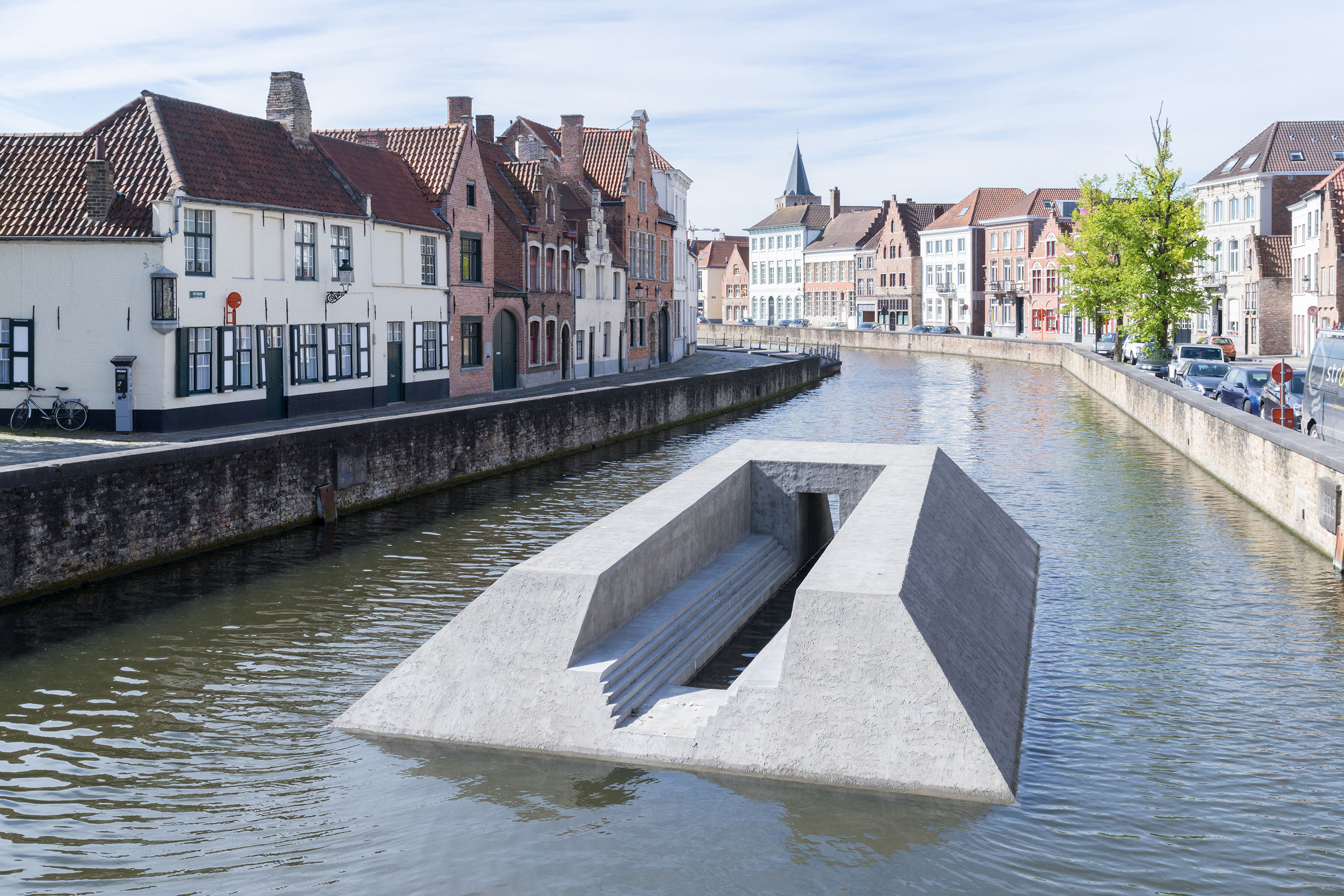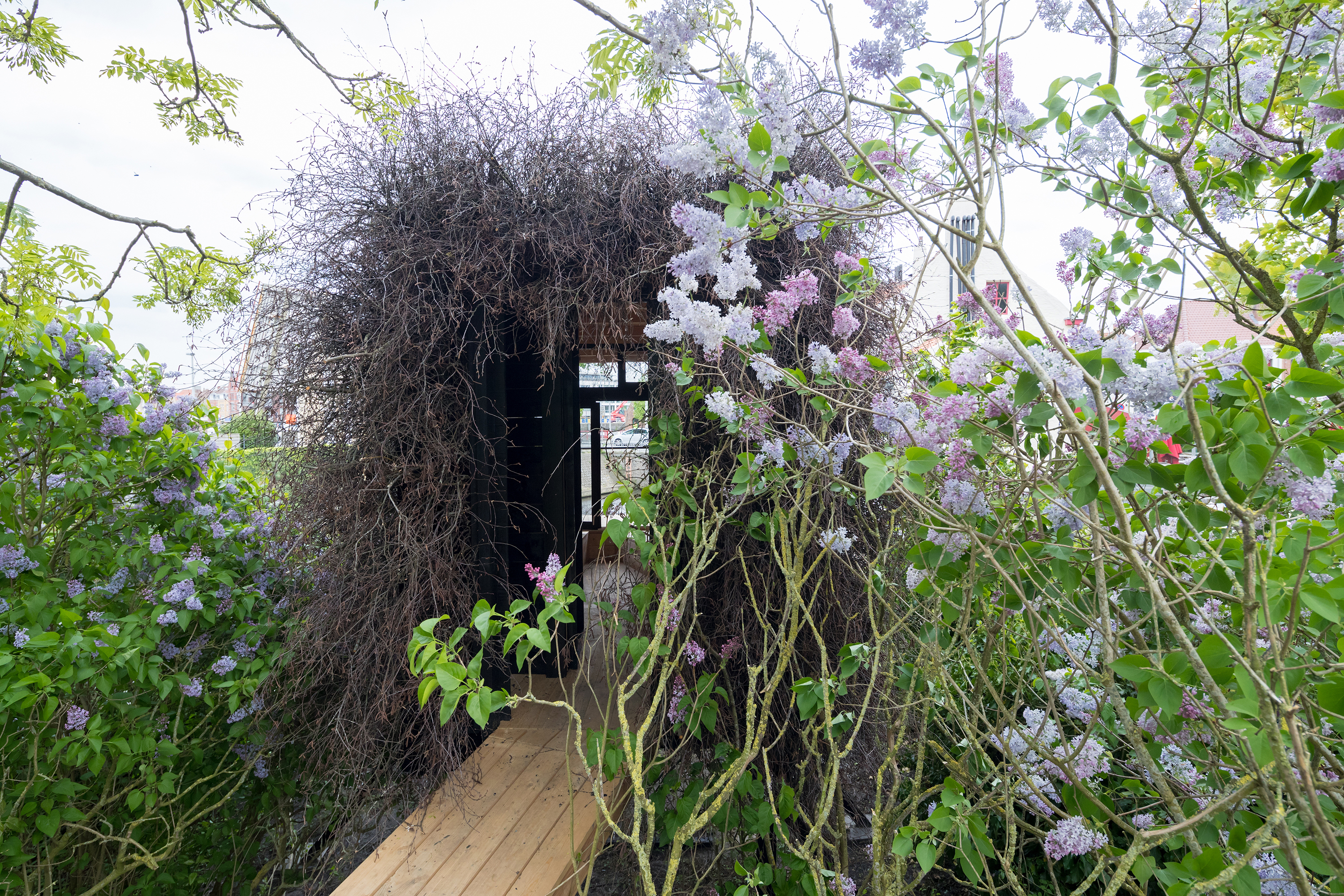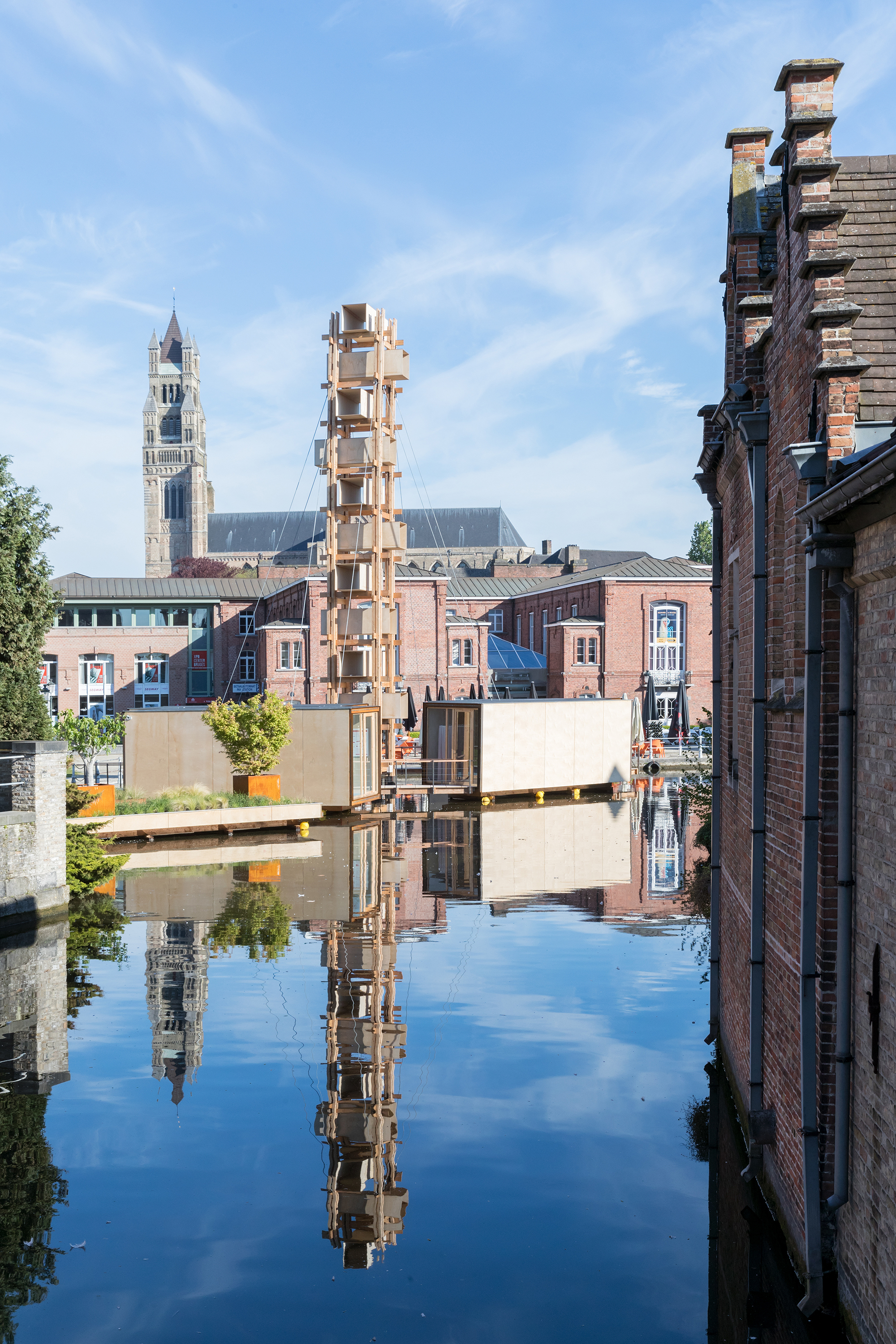Liquid City: Bruges Triennial 2018

Foto: Iwan Baan
Till-Holger Borchert and Michel Dewilde, the curators of this year's Triennial in Bruges, are in search of answers to the question of new forms of life and ways of thinking in a rapidly changing world. The Triennial, which takes "Liquid City" as its theme, features 15 installations by artists and architects that accordingly examine the issue of "cities in a state of flux" and which will be on show in the historic city centre between May and September 2018.
In their statement, Borchert and Dewilde refer to the philosopher Zygmunt Bauman, who has called the present age the era of "Liquid Modernity". The longing for security follows from the uncertainty that pervades all areas of life. However, contrasting the "liquid" present with "good old days" turns out to be an illusion: even during its economic and cultural heyday in the 14th and 15th centuries, Bruges was known as a "Liquid City" – one riven by social divisions and the greed of the powerful.
The Triennial artworks and installations are to pre-empt the fear of a "liquid future". Kunle Adeyemi has thus designed a floating classroom looking over onto a park; the Berlin architectural firm Raumlabor, working in collaboration with the "Bolwerk" and "Brugge(n)" youth organisations, has created "House of Time" at an old industrial site, and the Spanish architectural office Selgascano has devised an organic structure with transparent pink and orange-hued walls as a place for passing the time and resting a while. Most of the structures are placed on or at the water, thus applying the metaphor of fluidity to the urban structure of a city known for its waterways.
In their statement, Borchert and Dewilde refer to the philosopher Zygmunt Bauman, who has called the present age the era of "Liquid Modernity". The longing for security follows from the uncertainty that pervades all areas of life. However, contrasting the "liquid" present with "good old days" turns out to be an illusion: even during its economic and cultural heyday in the 14th and 15th centuries, Bruges was known as a "Liquid City" – one riven by social divisions and the greed of the powerful.
The Triennial artworks and installations are to pre-empt the fear of a "liquid future". Kunle Adeyemi has thus designed a floating classroom looking over onto a park; the Berlin architectural firm Raumlabor, working in collaboration with the "Bolwerk" and "Brugge(n)" youth organisations, has created "House of Time" at an old industrial site, and the Spanish architectural office Selgascano has devised an organic structure with transparent pink and orange-hued walls as a place for passing the time and resting a while. Most of the structures are placed on or at the water, thus applying the metaphor of fluidity to the urban structure of a city known for its waterways.











